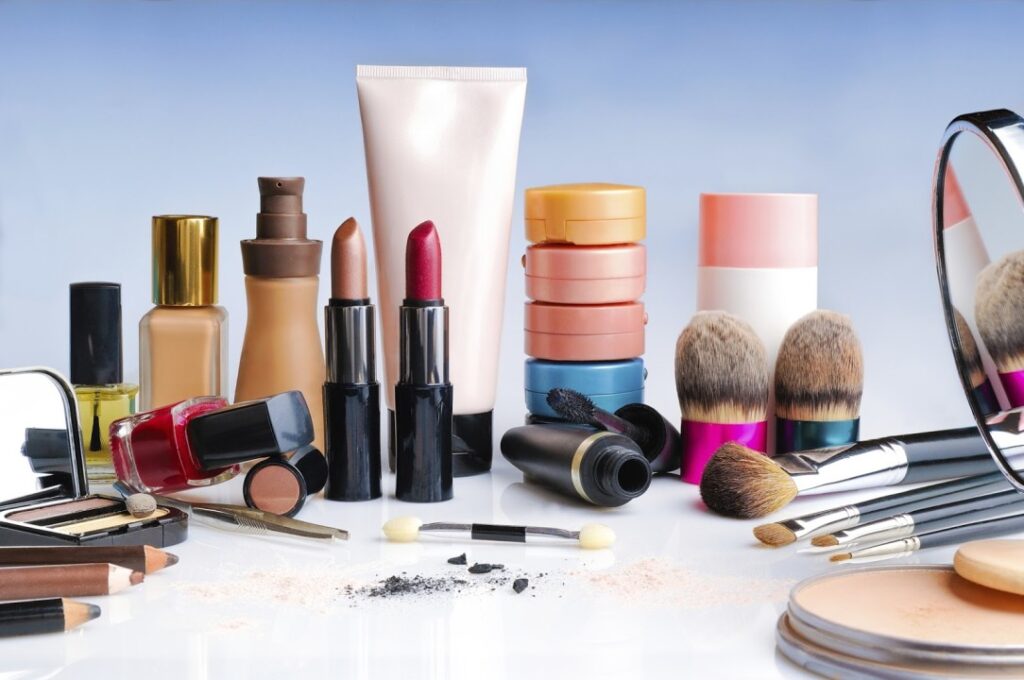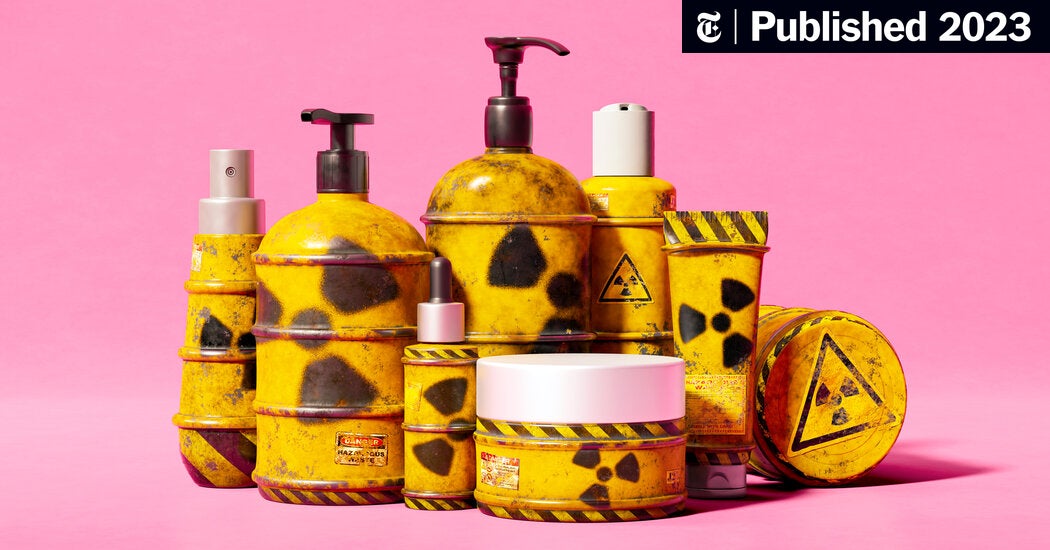A new report has uncovered that around one-third of approximately 318,000 ingredients found in beauty and personal care products lack public toxicological profiles, leaving significant gaps in safety information. The analysis, conducted by ChemForward, a non-profit advocating for ingredient transparency, also identified about 45 chemicals classified as “high hazard” that are commonly included in such products. These substances, linked to “hormone disruption, cancer, lung irritation, and other health issues,” are used widely despite their potential risks.
According to ChemForward, a review of 8,500 personal care products revealed these hazardous ingredients, with troubling implications for consumer safety. The organization’s findings aim to serve as the foundation for a broad industry initiative “to fill information gaps around the chemicals it uses, remove dangerous substances from supply chains, and advocate for shifts to safer alternatives.”

Common Toxins and Industry Secrecy
ChemForward’s report highlighted specific high-risk ingredients frequently found in products, such as cyclopentasiloxane, red 30, and butylated hydroxytoluene (BHT). These chemicals serve various roles in beauty products, including as preservatives, colorants, emulsifiers, and fragrances. They can also enhance product performance by spreading active ingredients, improving drying time, or aiding ingredient absorption into the skin.
The report also points to “the high number of unknown toxicological profiles,” which complicates efforts to avoid potentially harmful chemicals in personal care products. Industry secrecy exacerbates the issue; many companies protect their ingredient profiles as confidential business information, making it difficult to assess health impacts fully. The ChemForward initiative addresses this by “assessing health risks but not by revealing a chemical’s formulation,” allowing companies to retain confidentiality while making ingredient information accessible.
Filling Gaps and Seeking Safer Alternatives
The report found common substances in beauty products that may not be essential and could have safer alternatives. “The mineral mica” was found in 63% of assessed products, along with trimethylsiloxysilicate in 21% and nylon-12 in 20%. ChemForward’s report advocates for prioritizing safer alternatives, particularly for the most widely used high-risk ingredients and those lacking public safety profiles.
Bill Walsh, director of the Safer Chemistry Impact Fund, which supports ChemForward’s work, explained that while “the high number of unknown toxicological profiles highlights the challenges,” there is optimism for safer products. “You can really winnow down the number of chemicals that are required for the essential function of products to a manageable level,” Walsh noted, suggesting that reducing the number of necessary ingredients could help mitigate health risks.
Should You Cancel Your Spain Holiday After the Flooding Disaster?
Regulatory Challenges and Industry Participation
This report comes amid increased public pressure for tighter regulations. “Public health advocates have long pushed for stricter regulation of toxic chemicals used in personal care products,” but at the federal level, such regulations cover only a limited number of substances. Some states, however, have moved forward with regulations targeting products containing toxic compounds like PFAS – known as “forever chemicals” – and phthalates.
Companies like Ulta Beauty and Sephora are participating in the ChemForward initiative, showing a willingness to get ahead of regulations instead of responding retroactively. As Walsh explained, “There’s a moment now where industry in many cases is searching for safer alternatives, and by sharing data and collaborating we can make the process of identifying safe chemicals easier, faster, and less expensive.”

Toward Transparency and Healthier Products
ChemForward’s report leverages data from major chemical databases, including the European Chemicals Agency, and aims to create a “centralized repository” of hazard information for beauty and personal care companies. The organization has also developed a grading system, where its toxicologists will rate chemicals’ safety to help companies make informed decisions. While the program is non-binding, companies are encouraged to phase out “high hazard” chemicals, add chemical information to the database, and transition to safer compounds.
By addressing these issues, ChemForward hopes to set a new standard in the beauty industry, helping companies adopt safer practices and provide consumers with more transparency.

